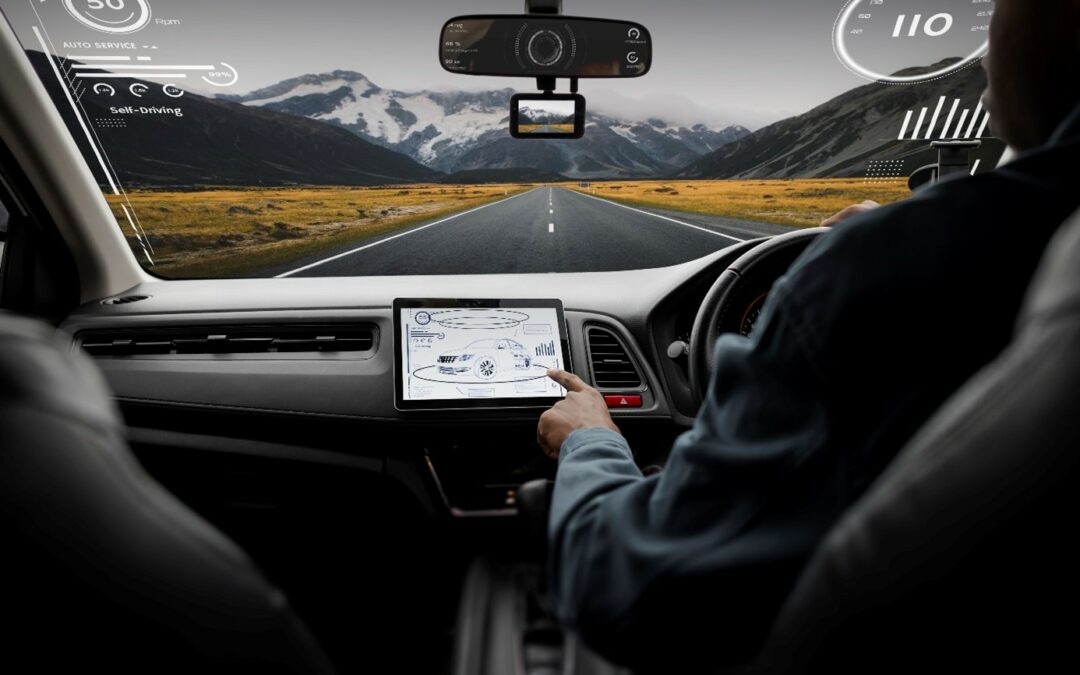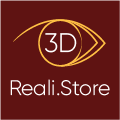Heads-up displays are becoming more and more common in modern cars. They allow drivers to view important information, such as speed, navigation directions, and safety alerts, without having to take their eyes off the road.
However, the use of augmented reality in heads-up displays can further enhance this technology.
In this article, we will explore the benefits of using augmented reality in the heads-up displays of cars.
What is augmented reality?
Before delving into the benefits of using augmented reality in heads-up displays, it is important to understand what augmented reality is. Augmented reality is a technology that allows digital information to be superimposed onto the real world. It is often used in mobile applications, video games, and advertising.
It can be used to display useful information in the heads-up display, such as road signs, street names, and speed limits.
Benefits of augmented reality in heads-up displays
The use of augmented reality in heads-up displays can offer many benefits to drivers. Firstly, it can help reduce reaction time by displaying important safety alerts directly in the driver’s field of vision.
It can also help improve navigation by displaying directions directly on the road.
Finally, it can help make drivers more aware of their surroundings by displaying information about objects and potential hazards on the road.
Challenges of using augmented reality in heads-up displays
Although the use of augmented reality in heads-up displays has many advantages, it can also present challenges.
One of the main challenges is maintaining road safety. The information displayed in the heads-up display must be relevant and not distract the driver.
In addition, the technology must be reliable enough to function properly in all weather and lighting conditions.
Future prospects of augmented reality in heads-up displays
Despite the challenges, the use of augmented reality in heads-up displays is expected to continue to develop in the future. Automotive manufacturers are currently working on more advanced augmented reality technologies for heads-up displays.
For example, heads-up displays could use cameras to display information about objects on the road, or to help drivers better understand their environment.
Conclusion
In conclusion, the use of augmented reality in heads-up displays of cars can offer many benefits to drivers, such as faster safety alerts and improved navigation.
However, it also presents challenges, such as road safety and technological reliability.
Overall, the future of augmented reality in heads-up displays is promising, with technological innovations in development that will allow drivers to enjoy a safer and more enjoyable driving experience.


